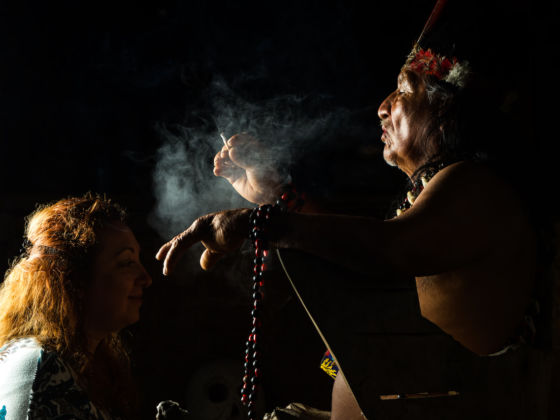While the most renowned psychedelic brew of South America is not legal in the US, the plants that make it psychoactive are not scheduled. The ingredients for ayahuasca sat in my colleague’s house for over a year, untouched.
Every so often he’d say, “Maybe this weekend is the time,” and I’d say, “No, doesn’t feel right.” I finally realized that ayahuasca scares the living shit out of me. I’m not a stranger to intense psycho-spiritual experiences, either; I’m a lucid dream researcher by trade and a big defender of cognitive liberty.
